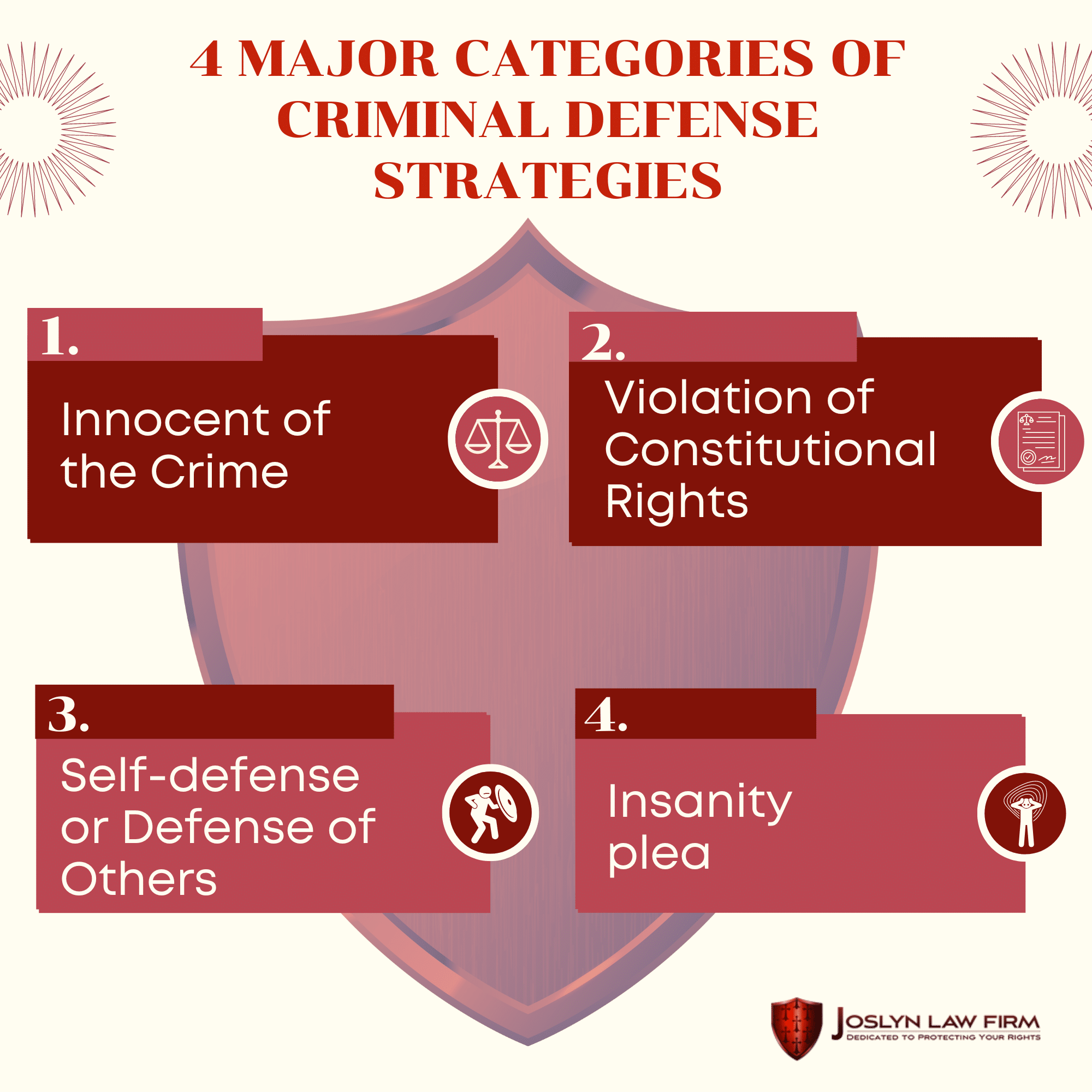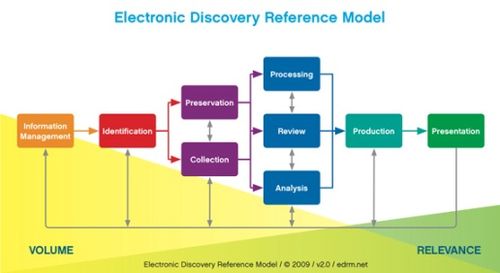
Demystifying Legal Proceedings: A Deep Dive into Civil Procedure Rules
Embarking on a legal journey involves navigating a complex web of rules and procedures. Within this intricate framework, Civil Procedure Rules stand as the guiding principles shaping the conduct of civil cases. Let’s unravel the nuances of these rules and understand their impact on the legal landscape.
The Foundation of Civil Procedure Rules
At the heart of every civil case lies the foundation laid by Civil Procedure Rules. These rules serve as a roadmap, delineating the step-by-step process that legal proceedings must follow. From filing a complaint to the final resolution, every stage is intricately governed by these rules.
Ensuring Fairness and Consistency
Civil Procedure Rules are crafted to uphold the principles of fairness and consistency. They set standards that ensure all parties involved in a civil case are treated equitably. This commitment to fairness is fundamental in fostering trust in the legal system.
Commencing a Civil Action
The journey through civil proceedings begins with the commencement of a civil action. Civil Procedure Rules dictate the proper procedures for filing a complaint, serving legal documents, and officially initiating a case. Understanding these initial steps is crucial for both plaintiffs and defendants.
Pleadings and Case Narratives
Pleadings form the narrative of a case. Civil Procedure Rules govern the drafting and submission of pleadings, including complaints, answers, and counterclaims. Clarity and precision in these documents set the stage for a coherent legal battle.
Discovery: Unveiling the Facts
Discovery is a pivotal phase where both parties exchange information and evidence. Civil Procedure Rules provide the framework for interrogatories, requests for documents, and depositions. This stage aims to uncover the facts and evidence that each side intends to present during trial.
Pretrial Procedures and Settlement Attempts
As cases progress, pretrial procedures come into play. Civil Procedure Rules guide activities such as motions, pretrial conferences, and settlement attempts. These procedures aim to streamline the case, resolve disputes, and encourage parties to explore settlement options.
The Crucial Role of Evidence
Evidence is the backbone of any legal proceeding. Civil Procedure Rules dictate the admissibility, presentation, and challenges to evidence during trial. A solid understanding of these rules is imperative for presenting a compelling case or mounting a credible defense.
Trial Procedures and Legal Advocacy
When the case reaches trial, Civil Procedure Rules govern courtroom conduct. Trial procedures, witness examinations, and legal advocacy all fall under the purview of these rules. Navigating this stage requires not only legal expertise but also an understanding of procedural nuances.
Post-Trial Motions and Appeals
Even after a trial concludes, Civil Procedure Rules continue to guide the legal journey. Post-trial motions, such as motions for judgment notwithstanding the verdict or motions for a new trial, provide mechanisms for challenging trial outcomes. Appeals, governed by specific rules, offer avenues for seeking a higher court’s review.
Accessing Resources at Josslawlegal.my.id
For those delving into the intricacies of Civil Procedure Rules, Josslawlegal.my.id serves as a valuable resource. This online platform offers insights into the practical application of these rules, providing guidance for individuals navigating the complexities of civil litigation.
The Ever-Evolving Legal Landscape
In essence, Civil Procedure Rules embody the essence of a fair and organized legal system. Their comprehensive framework ensures that legal proceedings are conducted justly and consistently. As the legal landscape continues to evolve, understanding and adapting to these rules remain essential for anyone embarking on the journey of civil litigation.



